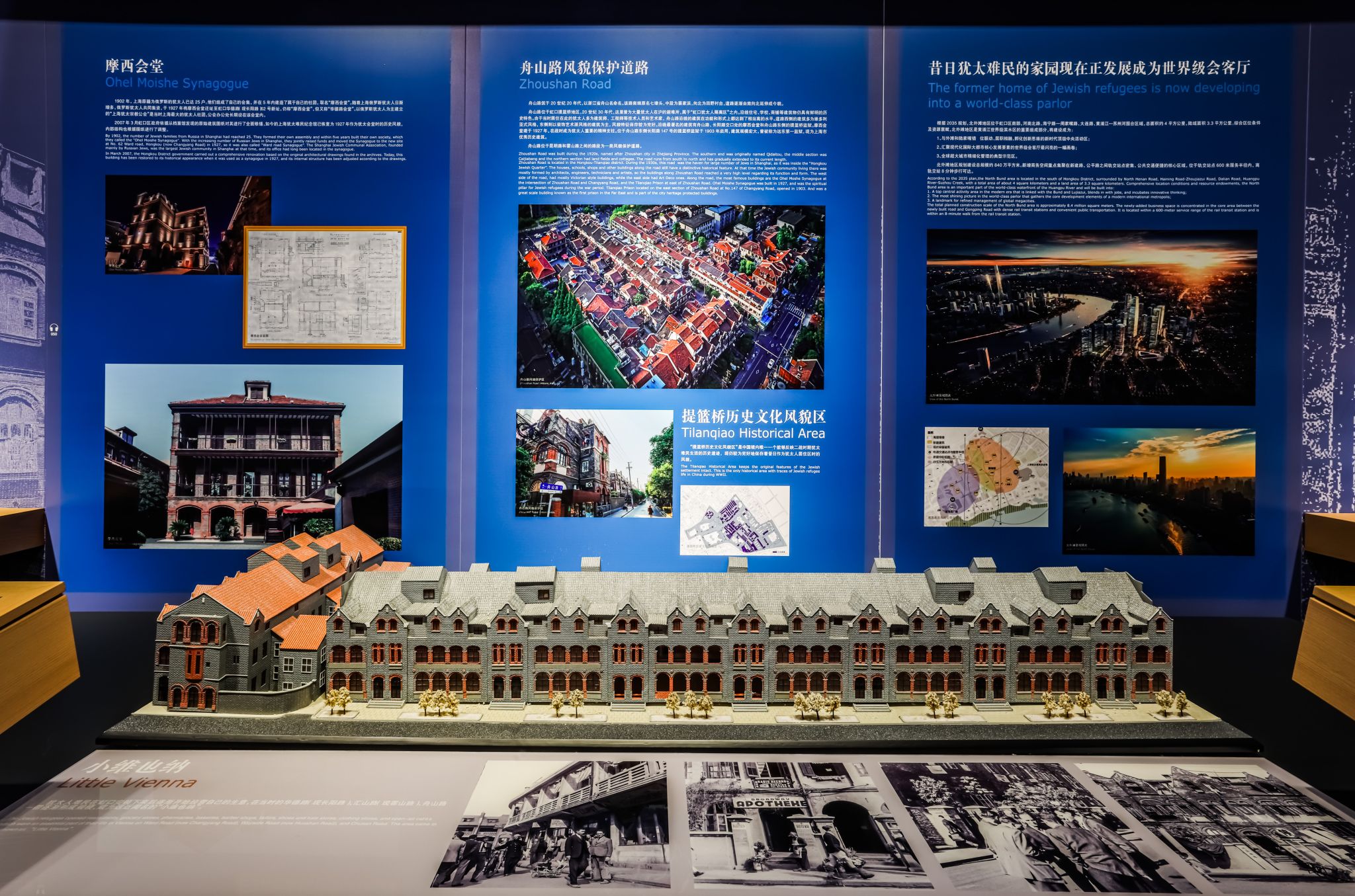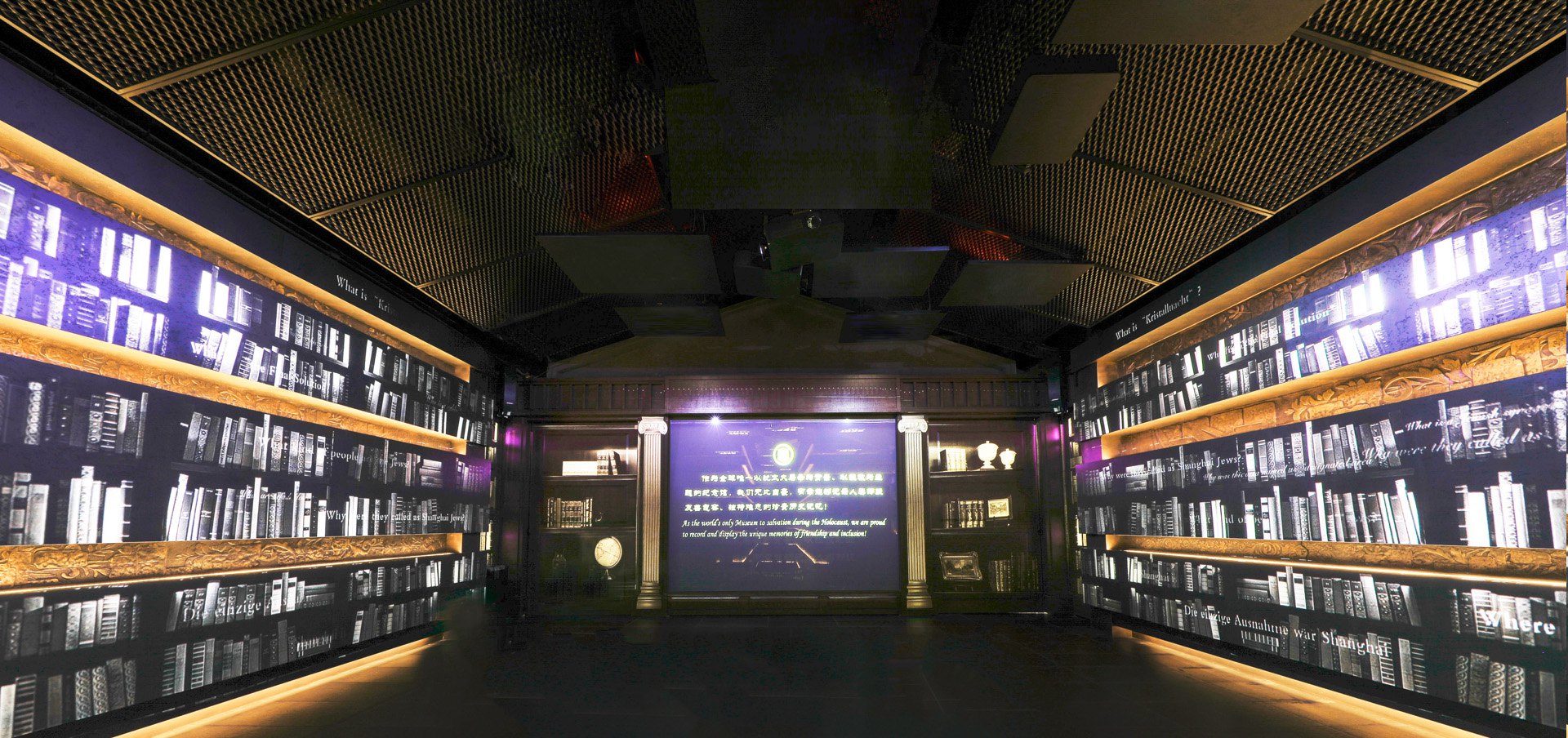
The permanent exhibition consists of six parts: Fleeing to Shanghai, Starting a New Life, Bitter-sweet Memories, After the War, Special Feelings for China and Towards a Shared Future. Each part features a number of extraordinary stories from this unique historical period, with historical materials donated by the former Jewish refugees and their descendants.
In the 1930s and 1940s, European Jews chose to flee to avoid Nazi persecution. They managed to obtain visas with the help of diplomats such as Dr. Ho Feng-shan, the Chinese Consul General in Vienna. About 20,000 people came to Shanghai by sea or land route and settled down with the assistance of various Jewish relief organizations.
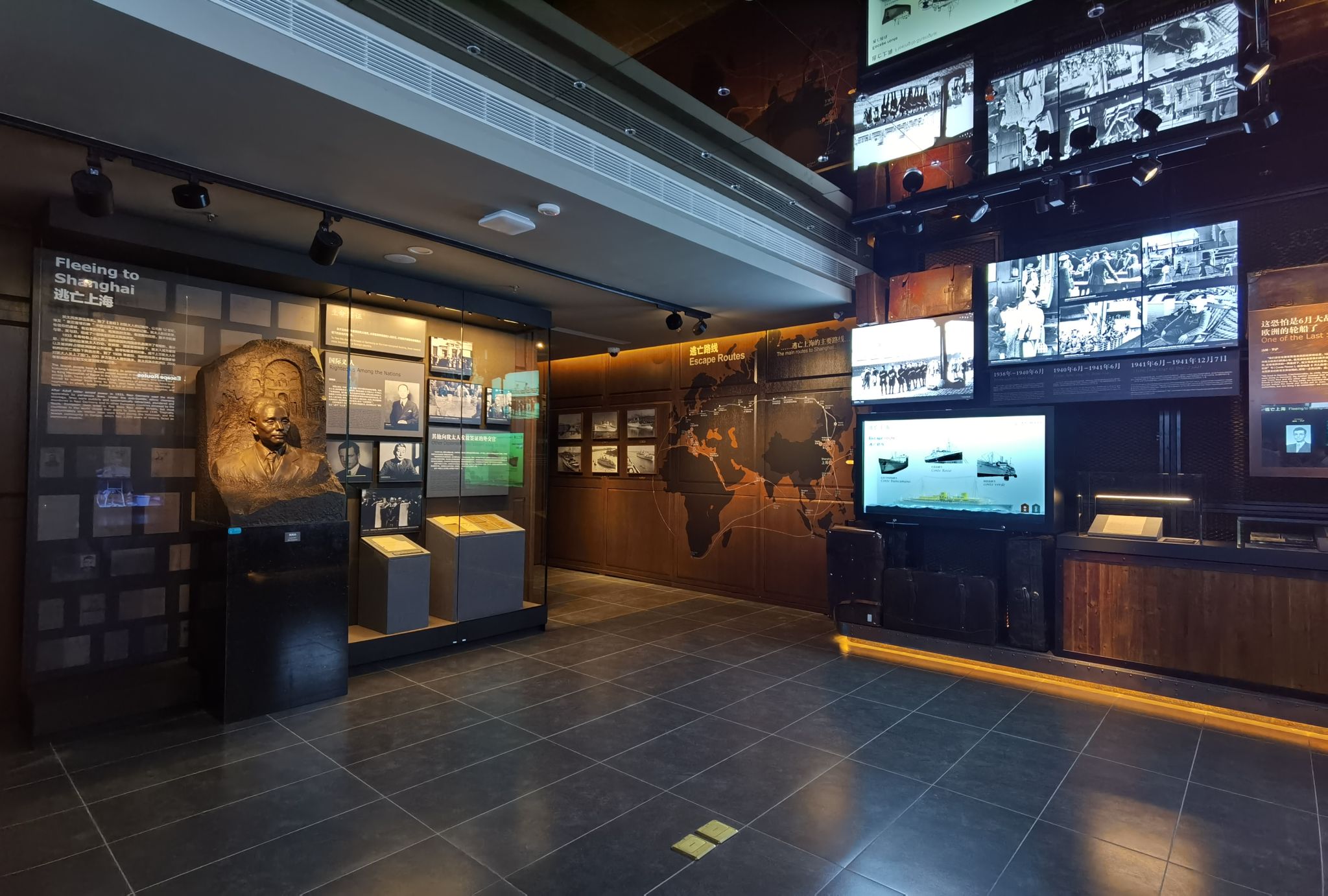
Despite the difficult situation faced by Jewish refugees upon their arrival in Shanghai, they still tried their best to be self reliant and never gave up on family and education. Among them, there were many skilled artists and talents from all walks of life. They organized various cultural and sports activities, published various newspapers and magazines, which enriched their lives.
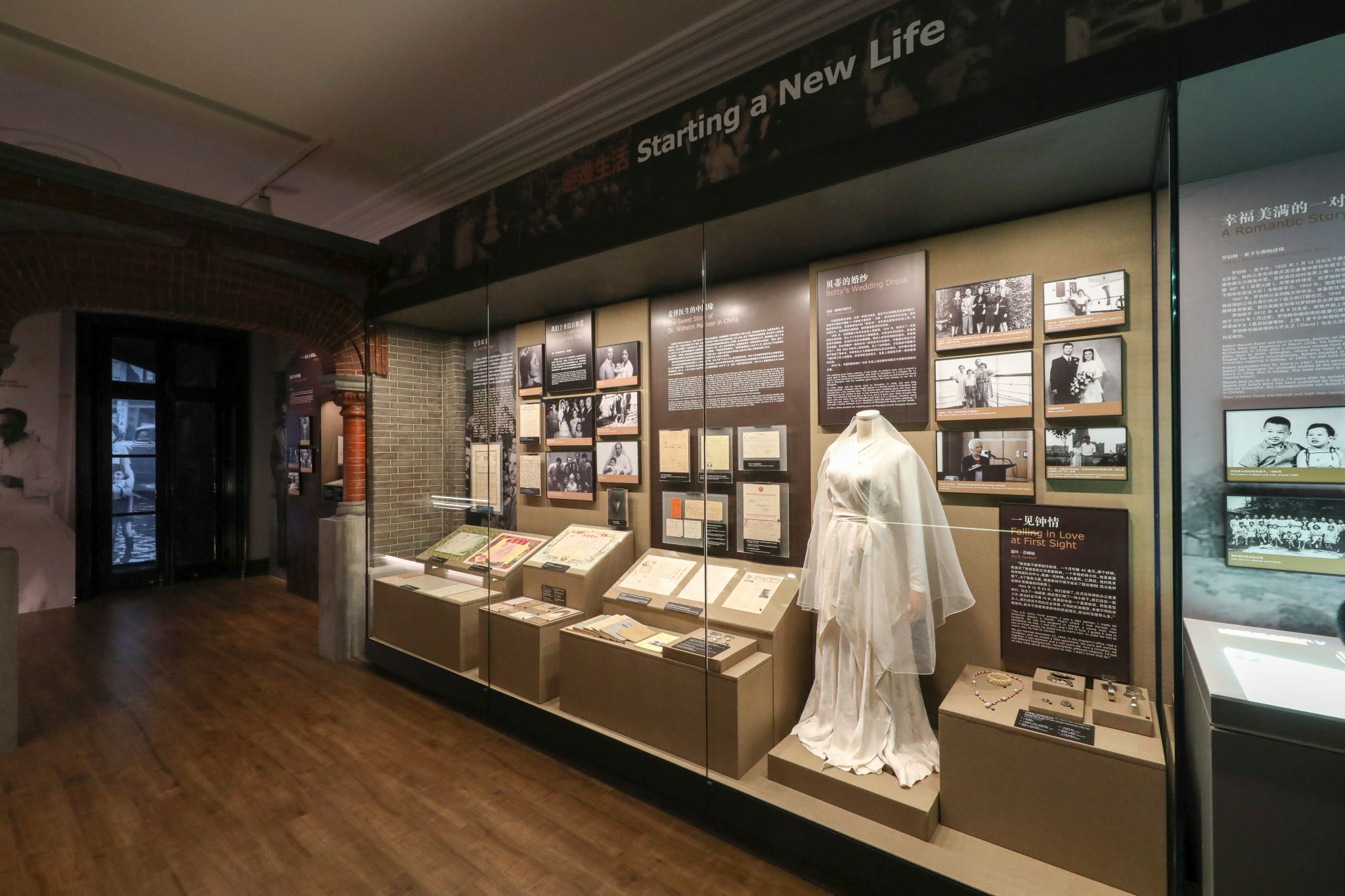
In February 1943, the Japanese authorities established a "designated area for stateless refugees" in Shanghai, forcing many Jewish refugees to move into the isolated area of less than 3 square kilometers and limiting their freedom. From the perspective of Jewish refugees and Chinese neighbors, this part tells the touching story of the Chinese and Jewish people helping each other and going through the hard times together.
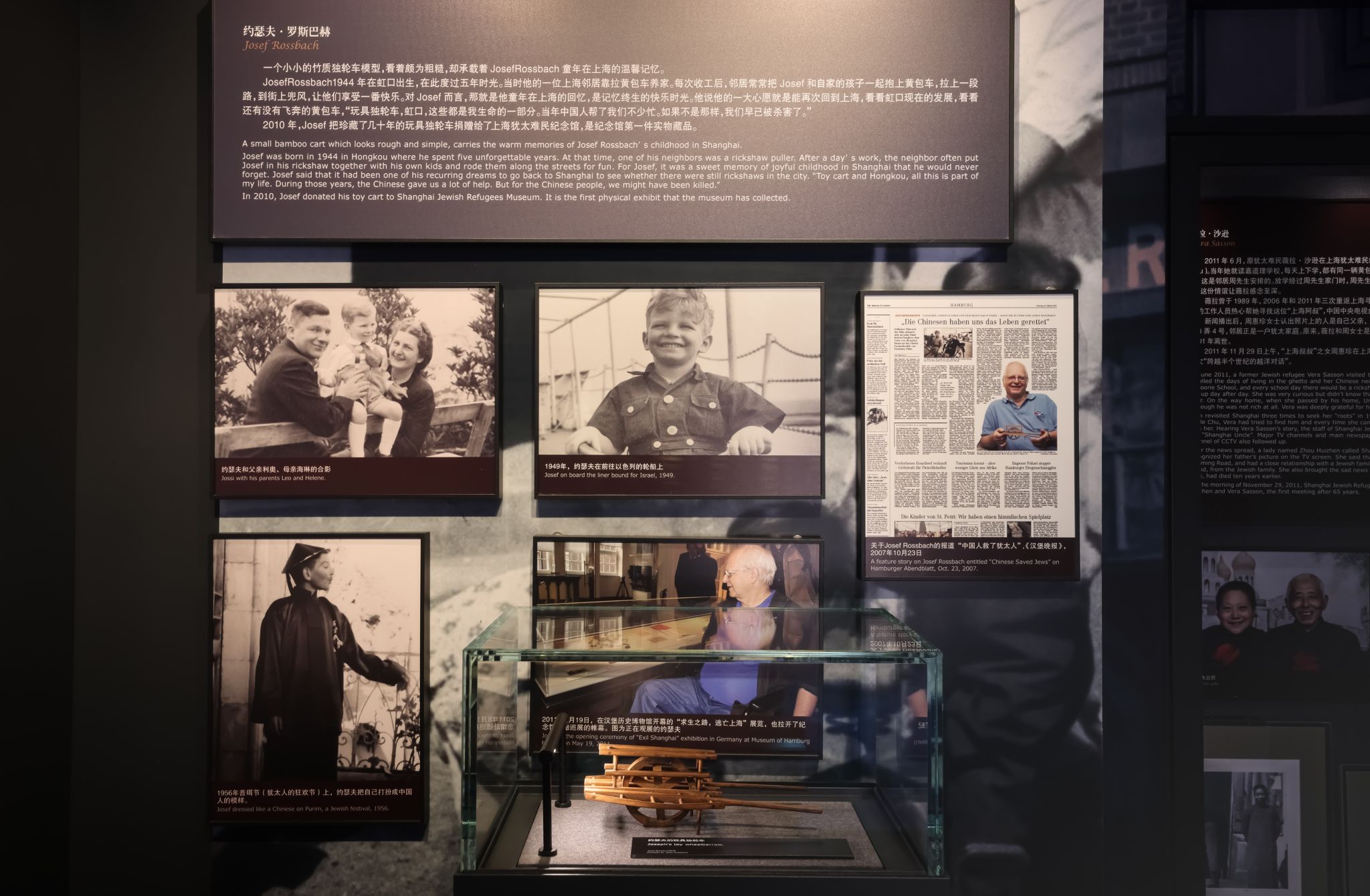
Among the 20,000 or so Jewish people who took refuge in Shanghai, most of them were lucky to survive. After the end of World War II, the vast majority of Jewish refugees left Shanghai and immigrated to the United States, Australia, Israel and other countries to reunite with their families or seek a better life. Despite their departure, they still maintain close contact with the city of Shanghai.

The experience of taking refuge in Shanghai made Jewish refugees feel grateful for China, which saved their lives. Among them, some of them chose to stay and devote themselves to the cause of the independence and liberation of the Chinese nation and the establishment of the New China. Some returned to their homeland to seek their roots, visit friends, and invest in business, composing the friendship between the Chinese and Jewish people
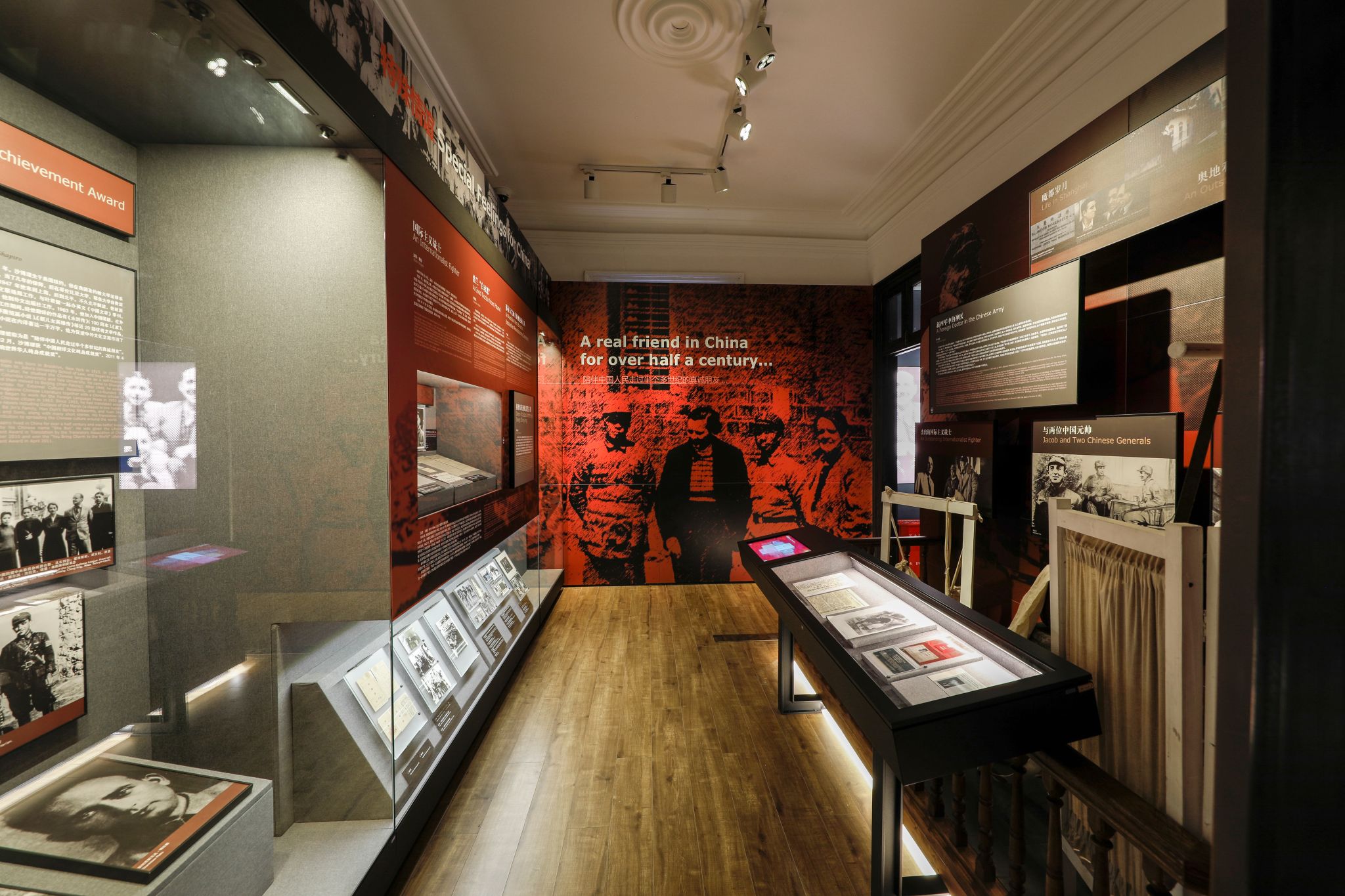
The museum has always been committed to collecting, protecting, researching and disseminating the history of European Jews taking refuge in Shanghai during World War II. Since its establishment, the museum has received many important guests including domestic and foreign politicians, experts and scholars, former Jewish refugees and their descendants, and has held touring exhibitions in the United States, Germany, Israel, Australia, Brazil and other countries.
